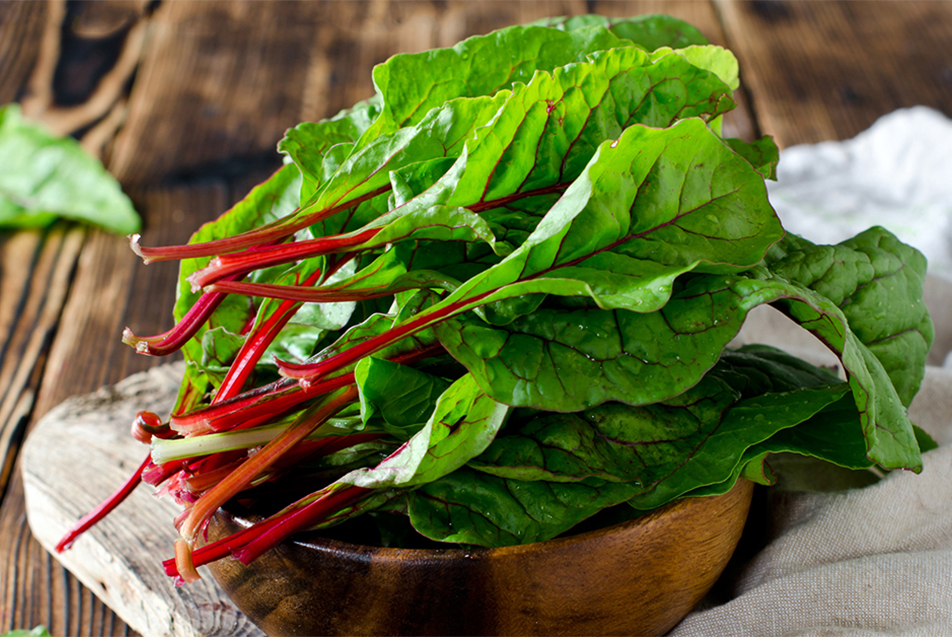
We often toss away cabbage leaves, chop off turnip greens and peel through potato skins, unaware that when we do this, we're throwing away vitamins and minerals. We asked Julia Walker, RDN, CD, registered dietitian nutritionist, Parkview Regional Medical Center, to give us some practical ways we can use the entire plant next time we prep a meal.
Root-to-stem cooking encourages us to use the entire vegetable — saving money and adding nutrients and flavor to your already delicious dish. In some cases, the part of the vegetable we discard is even more nutritious than the part we include in our meal! Beet greens, for example, have more than 8 times the nutritional content of beet roots. Saving and using every part of the vegetable isn't hard, especially if you start with some of the more commonly used veggies.
Homemade vegetable stock is one of the first things that comes to mind when trying to use up vegetable parts. It's an easy way to get more out of your extra veggies before discarding them. You don't have to make stock after every meal, just keep a running collection of vegetables in the freezer, working toward stock quantity. Carrot tops, the green part of leeks and scallions, or the woody cores of cabbage and cauliflower make great additions to homemade stock. Any vegetable will work, just throw them all in a pot, add water, herbs and garlic, simmer for an hour, and strain.
Broccoli stalks can make a great addition to a salad. First, remove the outer peel, then shred thinly. When cut into smaller pieces, the stalks of broccoli and cauliflower roast just like their floret counterparts, and they will have a similar flavor. Broccoli stalks can make a great substitute for brussels sprouts. The leaves of broccoli and cauliflower are also edible, and could be used in salads or sautés.
Turnip greens can be enjoyed along with its crunchy root. Like with beets, the greens of the turnip also contain far more vitamins and minerals than the root. You can also eat the greens of radishes like you would a turnip!
Chard is known for its huge, leafy greens, but we shouldn't forget about its beautiful stems. Chard stems can be shopped small and sautéed, providing a great crunch to offset the texture of wilted leaves.
Don't be afraid to try new things. Pickled watermelon rinds, beet-green pesto and broccoli-stem slaw have introduced many people to new textures and flavors, give them a chance, you just might like them!